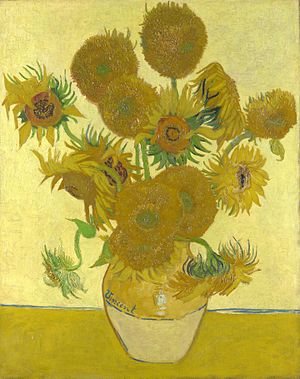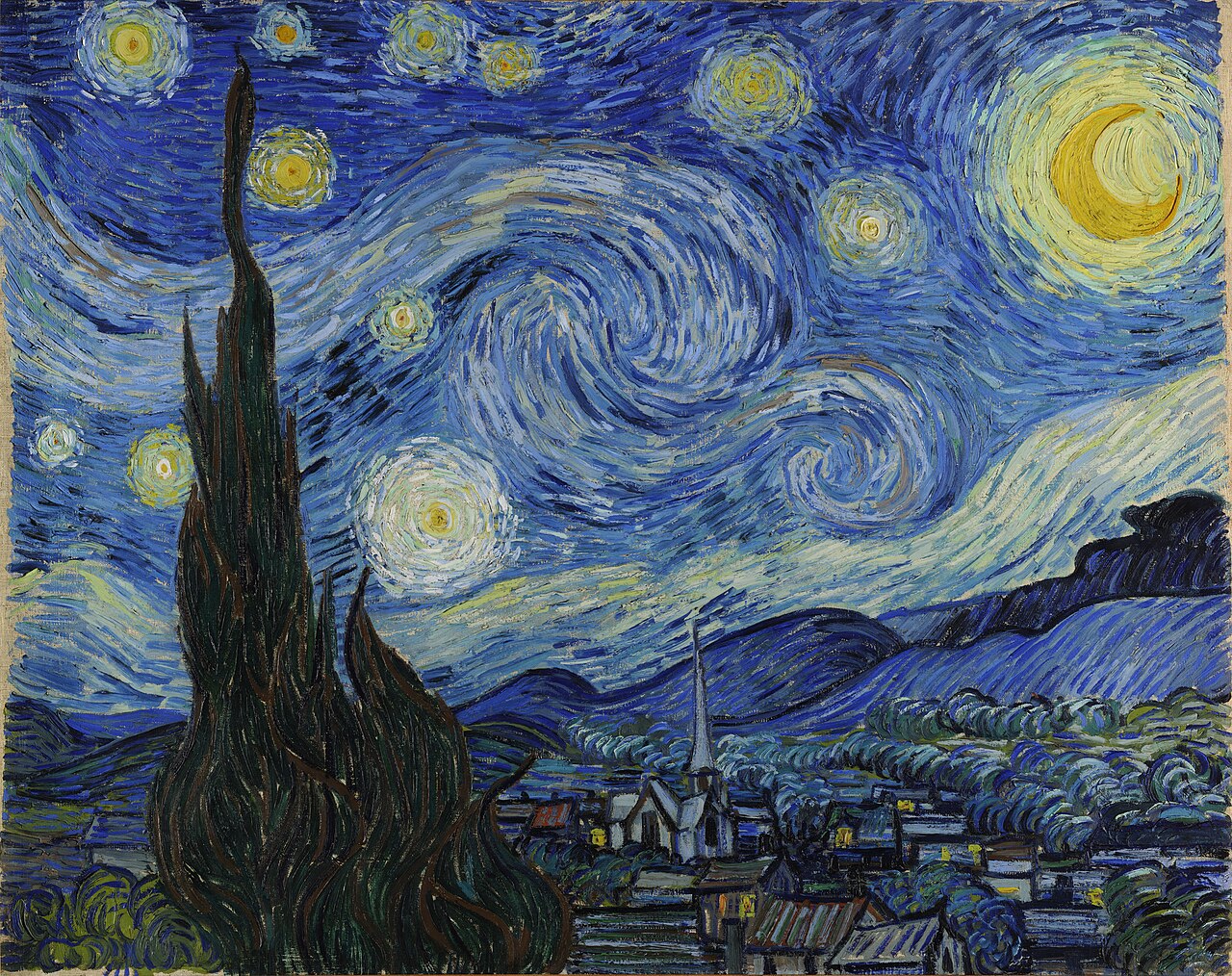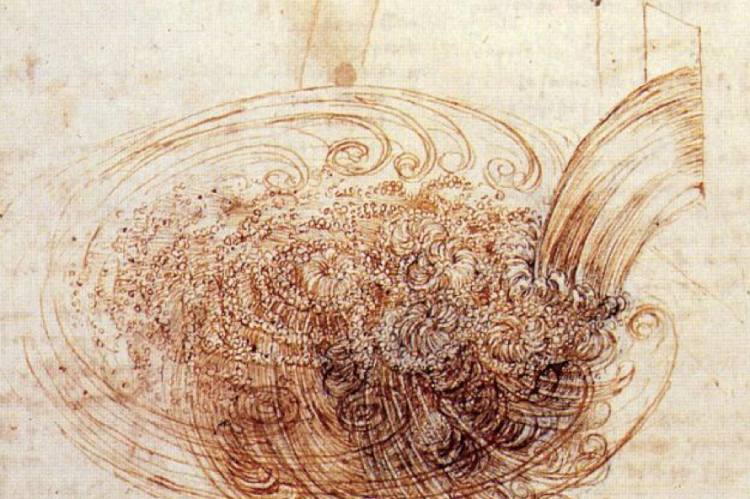Physicist Werner Heisenberg said, “When I meet God, I am going to ask him two questions: why relativity? And why turbulence? I really believe he will have an answer for the first.” As difficult as turbulence is to understand mathematically, we can use art to depict the way it looks. Natalya St. Clair illustrates how Van Gogh captured this deep mystery of movement, fluid and light in his work.
Lead in
Draw some flowing water. How can you represent something fluid, with static lines?
Go to Ted Lesson:
The math behind Van Gogh's "Starry Night"
1. Who admitted van Gogh to a mental asylum?
2. What is an energy cascade?
3. What is turbulence?
4. What is relativity?
5. What is the Hubble telescope?
6. What is amazing about van Gogh's 1889 Starry Night painting?
Discuss
1. Is it important that Van Gogh seems to have accidentally represented turbulence? Why?
2. If we can just take photographs or films of fluid things, why bother trying to represent them through painting or drawing?
Descension
Hannah Gadsby: Nanette | The Sunflowers
lead in:

Who painted this?
If I give you "unsolicited" advice, does it mean the advice is...
A) poorly researched?
B) unasked for?
C) not from a lawyer?
D) not advice that I follow myself?
Discuss
1. Should people who suffer from mental illness take medication or try to cope without it?
2. Is there a connection between artistic talent and mental instability?
3. How might the medication van Gogh was taking have actually been partly responsible for the Sunflowers?
Guide questions
1. According to the man, why should artists not take medication for mental health problems?
Kahoot Quiz
The Math of Starry Night


No comments:
Post a Comment